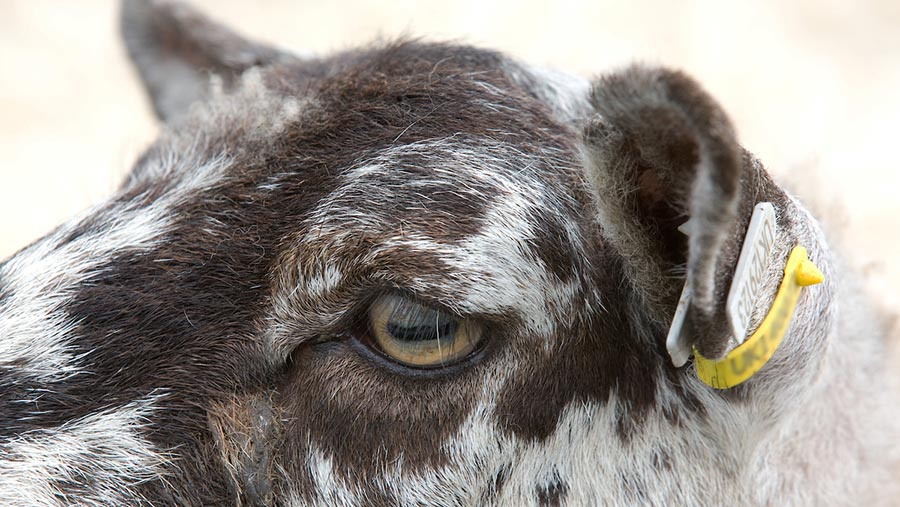3 steps to avoid sheep cross-compliance blunders
 © Tim Scrivener
© Tim Scrivener Many farmers are still making sheep identification and record-keeping errors, according to latest Defra figures.
Cross-compliance is a set of rules made up of Statutory Management Requirements (SMR) that must be followed by all farmers who claim rural payments.
In the 2017 BPS year more than a quarter of farms inspected failed their cross-compliance inspections when it came to SMR8, covering sheep and goat identification.
These breaches could cost your business thousands – so how can you avoid them?
Evie Price at cross-compliance specialist CXCS condenses the advice on what you should and shouldn’t do when it comes to the most common problems with sheep records – movement records, date of first identification, and replacement tags.
See also: How to survive inspections on your farm
1. Movement records
This covers both movement licences or ARAMS1 forms, and the record of movements in the holding register.
Most people are familiar with filling out the licence before taking sheep to market and keeping the yellow copy, but make sure the moves are reported.
I recently visited a client who had not been reporting on-movements as he thought the market was doing it for him.
Remember:
- Report moves either by posting off the white copy of the licence to ARAMS or registering to do it online.
- Report it on time – it should be done within three days of the sheep or goats moving on to your holding.
- Write it into your holding register within 36 hours. It’s a good idea to cross-reference the movement licence.
- Record the individual tag numbers or correct flock numbers if you have them – I’ve seen many licences with only one flock number written down, when in reality the sheep being moved had a mixture of flock numbers.
2. Date of first identification
This is section 3 (blue) of the Defra holding register.
We have seen many cases where farmers have failed inspections because they did not realise they were supposed to record tag numbers for all lambs born on the holding.
You must record:
- The numbers the sheep/goats were identified with.
- Their year of birth.
- Tag numbers (individual if breeding stock) for all lambs born on the holding – this includes ewe lambs kept for breeding.
Remember:
- You can batch-record flock numbers for slaughter-tagged animals.
- Lambs born outside must be tagged before they’re nine months old or when they first move off the holding of birth (whichever is sooner).
- Many farmers tag their lambs before sending them to slaughter, but even if the tag numbers are recorded on an off movement, the details of when they were tagged need to be recorded separately.
3. Replacement tags
Everyone knows that livestock loses tags, so if you have no records for tags replaced on your sheep or goats, it can look suspicious to an inspector.
You must record:
- The number of the tag you are taking out (or record as “unknown” if both tags are missing).
- The number of the tag you replace it with.
Remember:
- Once you notice tags are missing, you must replace them within 28 days.
- The full identification numbers should be recorded unless it is a slaughter-tagged animal and you do not have an EID reader.
